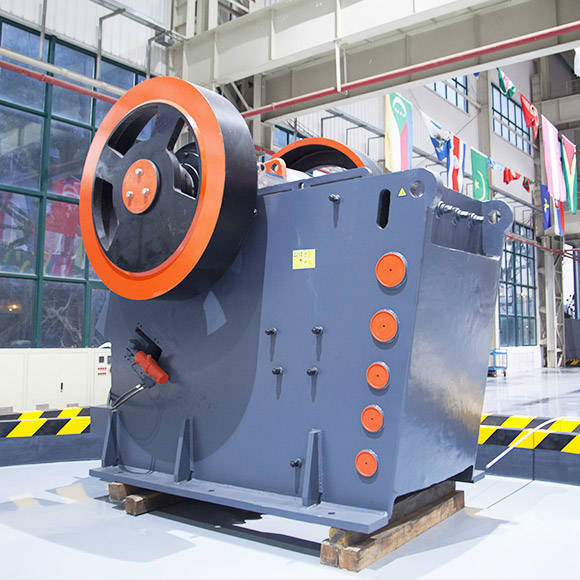A jaw crusher is a mechanical device that uses compressive force to break large rocks into smaller pieces. It is commonly used in the mining and construction industries to crush various types of rocks, including granite, basalt, quartz, and other hard materials. The size and capacity of a jaw crusher play a crucial role in its performance and efficiency.
Size of Jaw Crusher:
The size of a jaw crusher refers to the dimensions of the feeding opening. It is usually expressed in terms of width and depth of the opening in millimeters. Jaw crushers are available in various sizes to accommodate different types of materials and production requirements. The size of the jaw crusher is a critical factor that determines the maximum size of the feed material that the crusher can handle.

Smaller jaw crushers are often preferred for operations where space is limited or where smaller rocks are being crushed. Larger jaw crushers, on the other hand, are capable of handling larger feed materials and are commonly used in applications where high capacity is required.
Capacity of Jaw Crusher:
The capacity of a jaw crusher is the amount of material that can be crushed per unit of time. It is usually measured in tons per hour. The capacity is influenced by several factors, including the type of material being crushed, the size of the feed material, the size of the jaw plates, and the eccentric shaft speed.
High-capacity jaw crushers are designed to handle large amounts of feed material efficiently. They are suitable for applications where a large amount of material needs to be processed within a specific timeframe. The capacity of a jaw crusher is also influenced by the kinematics of the swing jaw and the crushing chamber design.
Factors Affecting Size and Capacity:
- Feed Size: The size of the feed material significantly affects the size and capacity of the jaw crusher. Larger feed sizes require larger crushers with higher capacity.
- Crusher Settings: The adjustable settings of the crusher, such as the closed side setting (CSS), influence the product size and capacity. Smaller CSS results in finer output but may reduce capacity.
- Eccentric Shaft Speed: The speed at which the eccentric shaft of the jaw crusher rotates can impact its capacity. Higher speeds generally result in higher capacity but may also increase wear on the jaw plates.
- Jaw Plate Design: The design of the jaw plates, including their shape and angle, can affect the crushing capacity and efficiency.
Selecting the right size and capacity of a jaw crusher is crucial for optimizing the crushing process in various industries. Factors such as feed size, crusher settings, eccentric shaft speed, and jaw plate design should be carefully considered to ensure efficient and reliable operation. Proper sizing and capacity determination contribute to the overall productivity and cost-effectiveness of the crushing system.
